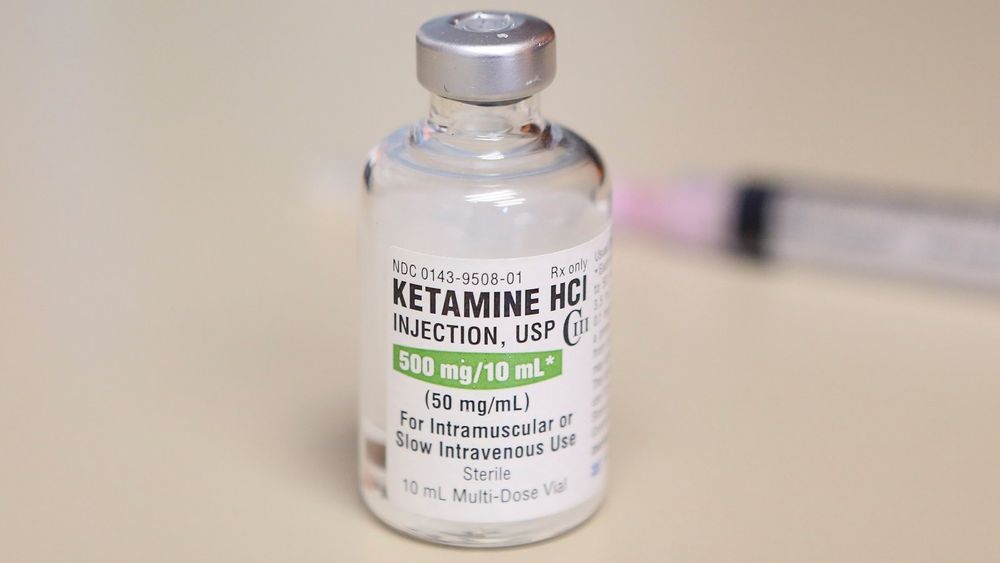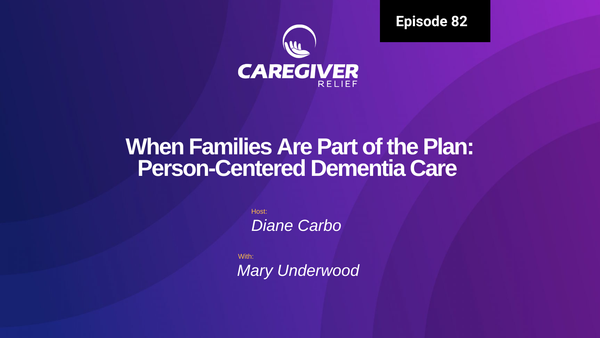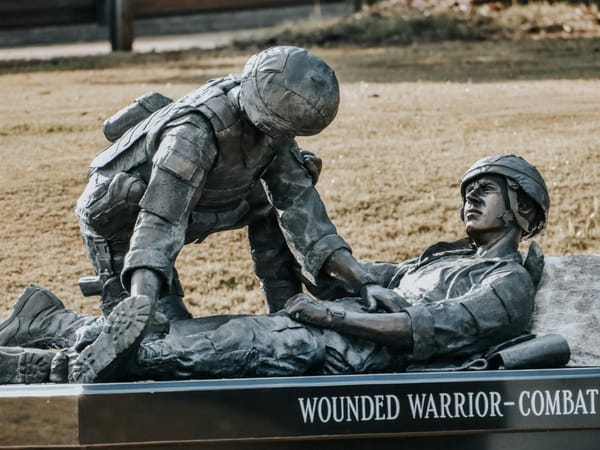What Is Ketamine?
Ketamine has a history as a psychedelic street drug and horse tranquilizer, but it has also been used professionally in the medical world for decades. Recently, the FDA approved a form of ketamine, called esketamine, as a treatment for depression.

How Ketamine helps severe depression and treatment resistant depression
The first thought when you think of ketamine is it’s a psychedelic street drug, Known as special K, others think horse tranquilizer.
Then others think of kids going to raves, I believe the term used is k holing. Many try it as a psychedelic to enhance their sensory perceptions. Yes, sadly, all of these things are true. There are many scenarios where ketamine was abused or misused.
The good news is, ketamine has been used professionally in the medical world for decades. In the medical field, ketamine is a highly respected medication that has been used for decades.
I thought Id share a little history about how this drug has went from an anesthetic and horse tranquilizer to the biggest breakthrough treatment for severe depression, or treatment resistant depression and other mental health conditions. The biggest breakthrough treatment in a century.
Ketamine was created as a replacement anesthetic for PCP (also a dissociative anesthetic.) PCP was causing long lasting and severe hallucinogenic effects as a patient was waking up from surgery.
Ketamine started as a veterinary anesthetic. It was patented in Belgium in 1963.
History of Ketamine
Testing on humans began in 1964. It was found that Ketamine, as an anesthetic agent, produces minor hallucinogenic side effects. It was found to have a shorter duration with less psychoactive effects than PCP.
It was determined, In 1965, that Ketamine could be a safe anesthetic to administer to humans.
Ketamine has been used as a club drug since the 1980’s.
Ketamine was patented for human and animal use in 1966. It was by produced by Parke-Davis Laboratories.
It became available, by prescription, in 1969, under the name of Ketalar, or Ketamine Hydrochloride
Because of the psychoactive properties, Argentina psychiatrists and psychologists began using it to enhance regression therapy.
It was only a matter of time that people began using it illicitly for mind exploration and New Age spiritualism.
There was a growing interest in the benefits of ketamine through the mid 1970’s,
Ketamine was used for both recreational and therapeutic purposes Medical and nonmedical uses of Ketamine expanded throughout the 70’s and 80’s as experimental uses became more common.
I'm going to share a little tidbit here. Psychedelic psychiatry is a growing field.
So this next piece of information to me is interesting.
In the 70s and 80s Ketamine became available via capsules, powder, tablets, crystals, liquids and other injectable solutions in the illegal drug markets.
The street forms of ketamine evolved over time, and other ingredients were added to alters the effects of ketamine. The result was a development of a new drug, MDMA or ecstasy. There are many times ketamine has been sold on the street as ecstasy. MDMA is different from ketamine, as ketamines anesthetic properties can cause slurred speech or wobbly legs
And here is the tip I want to make you all aware of, the FDA just approved MDMA assisted psychotherapy to start in 2023. We are seeing a new way to treat mental health issues. This is exciting news.
This announcement started it all.
In March 2019, The Food and Drug Administration approved a form of ketamine, as a treatment for depression. Esketamine, is a nasal spray developed by Johnson & Johnson.
This breakthrough medication esketamine was the first new drug treatment approved for depression in decades is a cousin to ketamine.
The FDA approved J&Js drug name is Spravato, The study results on Spravato showed patients taking the drug experienced a bigger improvement in their depression, versus patients taking a traditional treatment. This was measured with a psychiatric questionnaire.
Ok, I have shared a little bit about the history. I want you to know that ketamine is safe, when provided under a doctors watchful eye.
Ketamine is Safe for Sedation and Medical and Surgical Procedures
Ketamine has been used around the world to provide safe sedation for medical and surgical procedures.
It is a dissociative anesthetic. Simply put, it makes you feel detached from your surroundings. It is a hallucinogen like magic mushrooms, or nitrous oxide.
It creates feelings of detachment or dissociation from a person's environment and self. That is why it is the perfect medication to be used on the battlefield. It has been used for decades to save the lives of thousands of soldiers.
Ketamine is thought to work on the brain by blocking the communication chemical in the brain- known as a neurotransmitter, or glutamate, as well as disrupting the receptor sites in the brain. Altering your perception of pain, responses to environmental stimuli, and memory.1
Ketamine has been studied for years in the field of psychology, because of its ability to rewire the brain. When neuroimaging has been reviewed on a brain before and after a treatment, the findings were remarkable.
Imagine the brain of a severely depressed brain. The before pictures of the brain looks like a tree in winter. There are naked branches. The branches are spread out over the brain.
After ketamine treatments, the neuroimaging pictures are vastly different. Now, imagine a tree in the spring going into summer. Leaves are coming out, the tree is coming back to life.
The tree branches are the connections or neural pathways. The neuro transmitters in the depressed brain are no longer communicating. There is poor communication between the cells.
After ketamine treatments, the leaves are the synapses or communication system of the brain. There is increased communications. New neural pathways are developing. It is awakening and rewiring the brain.
Ketamine has become a revolutionary medical approach to depression, PTSD, anxiety, bipolar, obsessive-compulsive disorder, and other mental health challenges.
Ketamine is also a very strong pain killer.
It has been successful in treating those with the severe pain condition RSD, reflexsympathatic dystrophy or CRPS, Chronic regional pain syndrome.
It is changing the lives of many that have suffered from severe depression, treatment resistant depression, and even those with active suicide ideation.
The good news is, Individuals suffering with major depression and diagnosed with the treatment-resistant depression are making amazing progress with ketamine therapy.
A little more on the history. How did doctors determine that ketamine helped depression?
Ketamine was often used by First responders. It is often given to an agitated patients. Some that were rescued from a suicide attempt.
Doctors began to realize that the drug had powerful effects against depression and suicidal thoughts. Patients that were admitted to a mental health facility, after a suicide attempt, were expressing they no longer were having suicidal thoughts in the ambulance on the way to the hospital. Many reported that they did not have those feelings for months after.
This led to research studies that have discovered this medication not only treats those that have tried many traditional anti depressants and never felt any improvement. Or, over time, the medication stopped working and there was an increase in the dosage or another medication was added. Ketamine has been proven to provide immediate relief from suicidal thoughts
Ketamine therapy is changing the lives of those who have tried everything to feel better but without success.
We have discussed the history of ketamine, how it works and its therapeutic benefits. Now let's discuss what the most effective form of administration is.
Not all routes of administration create the same response. Let me explain.
Ketamine is a versatile drug because it is both water and far-soluble. So the route of administration, or what form you take can vary. Ketamine can be taken by mouth, intravenous, epidural, and transnasal, as I mentioned the J&J esketmine nasal spray
Let's start with the most common form of administration for anti-depressant effect is intravenous.
This is injected into a vein.
When ketamine has reaches the bloodstream, it circulates through the body and binds to NMDA receptors.
The main benefit of an IV ketamine treatment is that it bypasses the digestive system. The slows down drugs onset. This delay may be due to the liver partially metabolizing the drug, or the drug is poorly absorbed by the intestinal wall. Of course, this will differ from person to person.
Oral ketamine
can take up to 30 minutes before effects are experienced. In comparison, IV ketamine, can be felt within a few minutes. This is why it’s so useful as an emergency sedative for first responders.
Ketamine can also be administered by intramuscular (IM) injection.
Studies suggest that IM is as effective as IV in the treatment of depression. There is a difference that should you seek this more cost effective treatment of IM ketamine.
IV infusion requires one needle stick to start the IV.
An intramuscular injection may require multiple injections per treatment session. This will depend on your response to the initial dosage.
The benefits of IV ketamine is the does can can be increased, decreased, or stopped depending on your response during the treatment.
An Intramuscular injection cannot be adjusted
Many patients have found that IV infusions seem to maintain symptom relief for longer periods between treatments.
Patients having the intramuscular injections may require more frequent treatments.
Now lets address esketamine nasal spray.
The nasal spray does not produce immediate effects. While you may not feel the effects as quickly as IV ketamine, some believe it has a longer duration between treatments.
This is an important thing to note- Researchers are also currently exploring ketamine nasal spray as a potential treatment for chronic cluster headaches.
Ketamine also comes in an oral lozenge from.
Oral ketamine is not absorbed as well as other administration methods. They are used between IV treatments for some chronic pain patients at times.
I hope this information helps you make decisions on exploring ketamine as a treatment if you suffer from treatment resistant depression or suicidal ideation.
Our Resources section can help you find the information and tools that you need. We have courses, videos, checklists, guidebooks, cheat sheets, how-to guides and more.
You can get started by clicking on the link below. We know that taking care of a loved one is hard work, but with our help you can get the support that you need.
Click here to go to Resources Section now!





